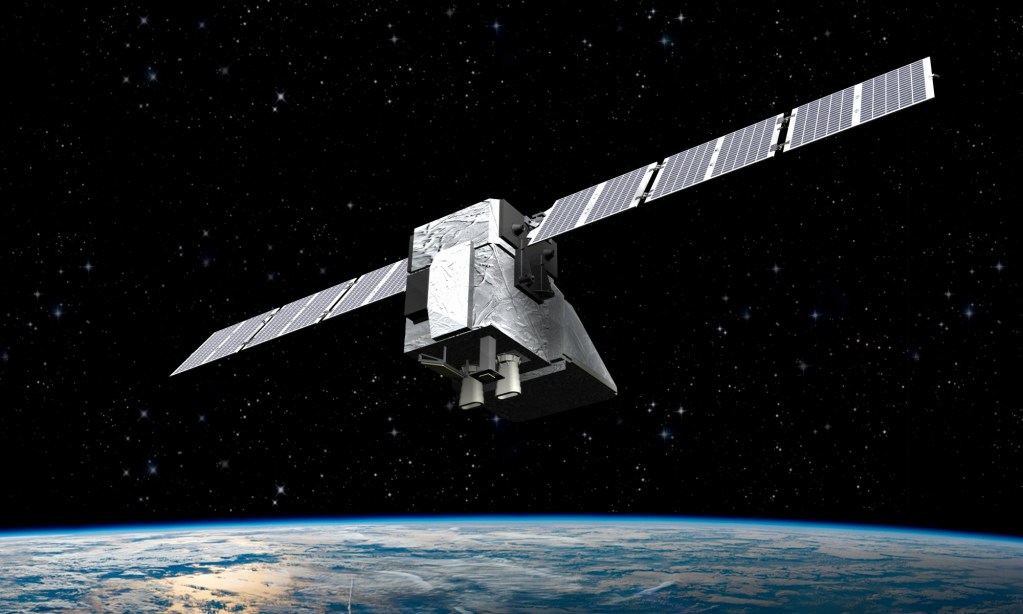WASHINGTON — The MethaneSAT, a privately funded satellite designed to monitor methane emissions, has unexpectedly failed after just over a year in orbit. This development marks a significant setback for climate scientists who rely on such technology to gather critical data on greenhouse gas emissions.
The satellite, launched with the mission to provide precise measurements of methane emissions worldwide, was part of a broader effort to combat climate change by identifying and mitigating sources of this potent greenhouse gas. MethaneSAT’s failure disrupts these efforts, raising concerns among environmentalists and researchers alike.
Background on MethaneSAT
MethaneSAT was launched in October 2022 by the Environmental Defense Fund (EDF), a leading environmental organization, in collaboration with several international partners. The satellite was equipped with advanced sensors capable of detecting methane emissions with unprecedented accuracy, aiming to fill gaps in data that ground-based instruments could not cover.
The mission was particularly important as methane is considered a major contributor to global warming, with a warming potential over 80 times greater than carbon dioxide over a 20-year period. By identifying emission hotspots, MethaneSAT was expected to aid in the development of targeted strategies to reduce emissions.
Technical Challenges and Mission Impact
The failure of MethaneSAT comes as a surprise to many in the scientific community. According to sources close to the mission, the satellite experienced a series of technical malfunctions that ultimately led to its premature shutdown. The exact cause of these issues is still under investigation, but initial reports suggest a potential flaw in the satellite’s power system.
Dr. Sarah Thompson, a climate scientist at the University of California, commented on the implications of the satellite’s failure. “The loss of MethaneSAT is a significant blow to our ability to monitor methane emissions globally,” she said. “It underscores the challenges of relying on space-based technology for environmental monitoring, but also highlights the need for continued investment in this area.”
Historical Context and Future Prospects
This is not the first time a satellite mission has faced similar challenges. In 2019, the European Space Agency’s Aeolus satellite, designed to measure wind patterns, encountered technical difficulties that threatened its mission. However, through collaboration and innovation, the mission team was able to overcome these hurdles, providing a hopeful precedent for the MethaneSAT team.
Looking ahead, the Environmental Defense Fund has announced plans to analyze the failure and explore options for a replacement mission. “We remain committed to our mission of reducing methane emissions,” said EDF’s spokesperson, John Carter. “While this setback is disappointing, it will not deter our efforts to advance climate science and policy.”
Implications for Climate Policy
The failure of MethaneSAT also has implications for climate policy, particularly in the context of international agreements like the Paris Accord, which emphasize the reduction of greenhouse gases. Accurate data from satellites like MethaneSAT are crucial for holding countries accountable to their emission reduction commitments.
Experts suggest that the loss of this satellite could slow progress in some areas, but they remain optimistic about the future. “The scientific community is resilient,” said Dr. Emily Rodriguez, an environmental policy expert. “We will continue to innovate and find ways to gather the data needed to tackle climate change.”
Meanwhile, other satellite missions are underway to fill the gap left by MethaneSAT. The European Space Agency and NASA have both announced plans to launch new satellites focused on greenhouse gas monitoring in the coming years.
The MethaneSAT failure serves as a reminder of the complexities involved in space-based environmental monitoring but also emphasizes the critical importance of these technologies in the fight against climate change. As the investigation into the satellite’s failure continues, the scientific community remains focused on finding solutions to ensure the continuity of vital climate data collection.
